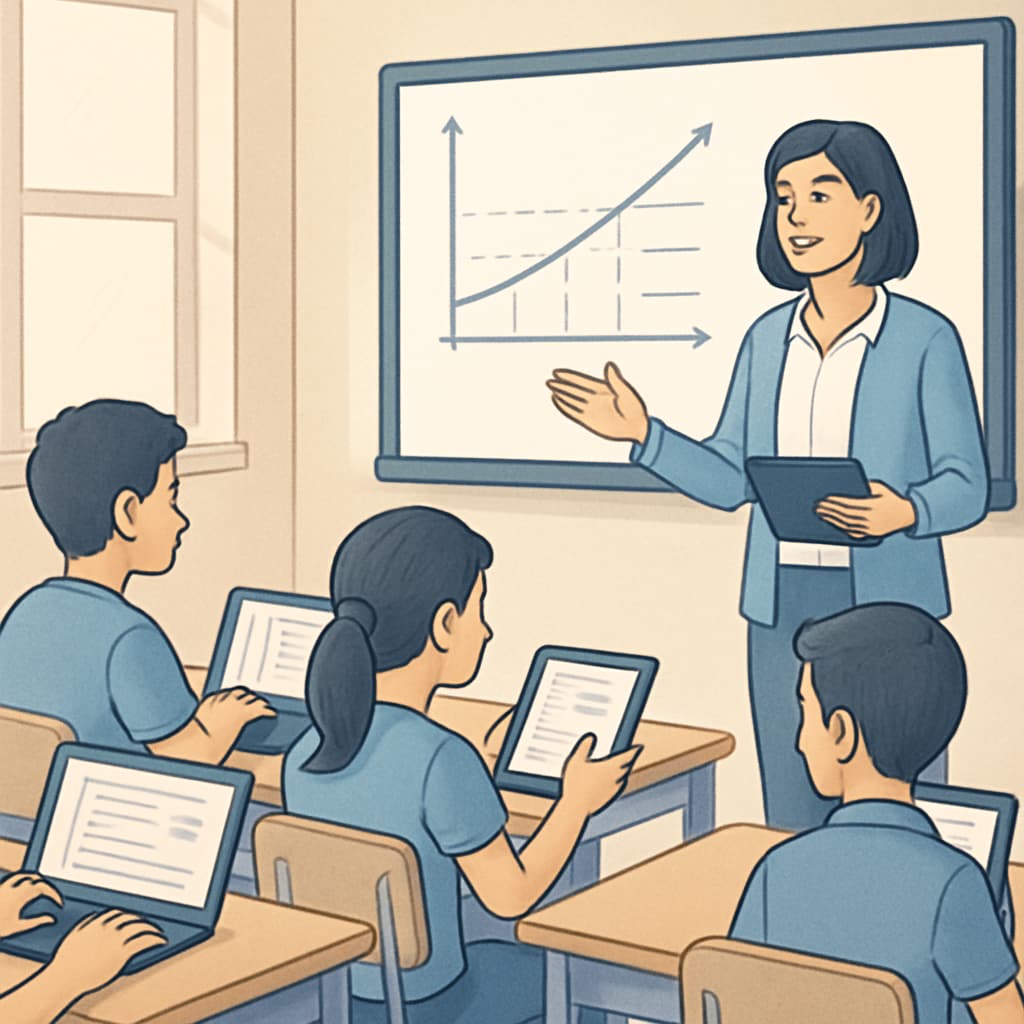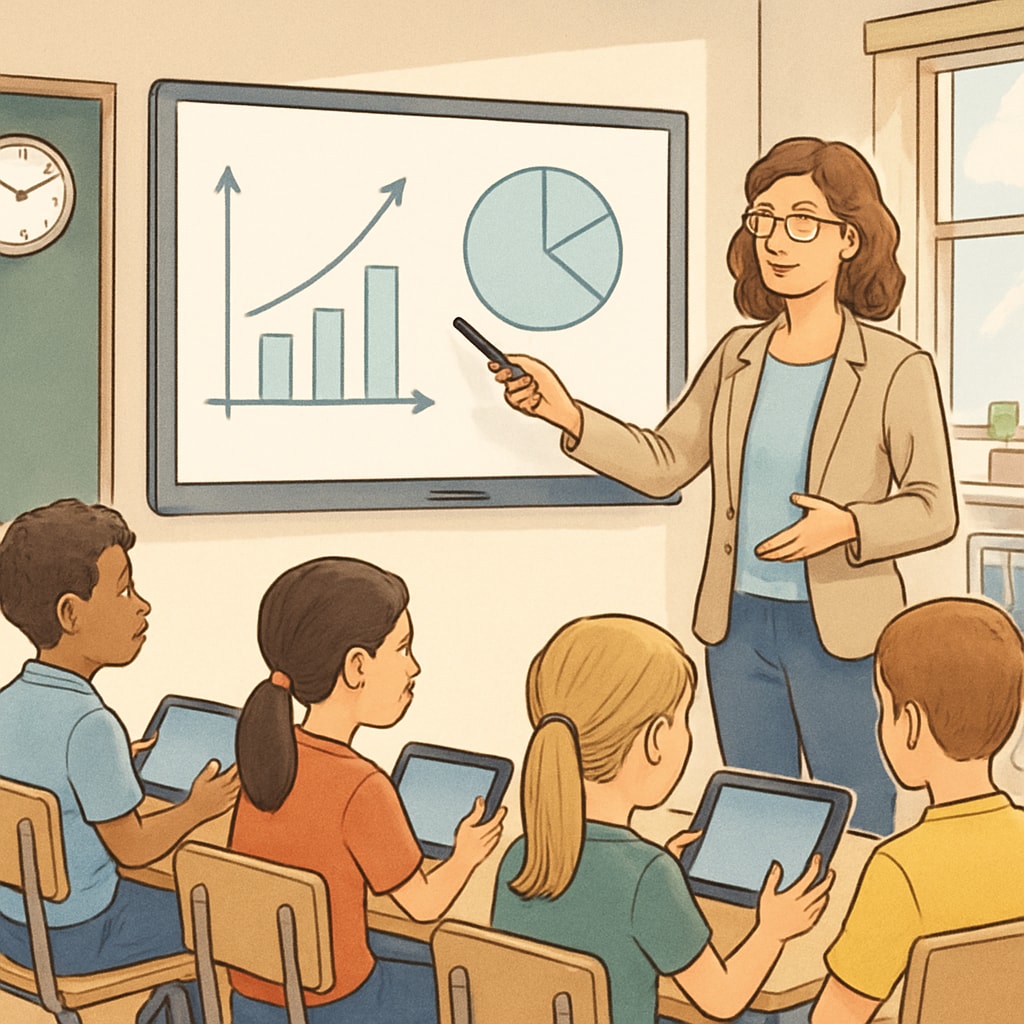The K12 education system is a cornerstone of societal development, but it is also fraught with unique challenges. Teachers and students face daily hurdles that range from outdated tools to overwhelming workloads. Addressing these education pain points, tool improvement needs, and daily challenges is crucial to creating a thriving learning environment. In this article, we’ll explore common issues in K12 education, evaluate existing tools, and propose innovative solutions to help both educators and learners succeed.

Common Pain Points in K12 Education
K12 educators and students encounter various obstacles that impede effective teaching and learning. These challenges can be grouped into three key areas:
- Resource Limitations: Many schools lack access to modern technology, textbooks, and learning materials. This creates an uneven playing field among students.
- Teacher Workload: Teachers often juggle lesson planning, grading, administrative tasks, and managing diverse student needs, leaving little time for innovation.
- Student Engagement: Traditional methods may fail to capture students’ attention, especially in an era dominated by digital distractions.
These pain points highlight the urgent need for improved tools and methods to address the evolving demands of K12 education.
Evaluating Existing Tools: Are They Enough?
While there are numerous educational tools available, many fail to fully meet the needs of teachers and students. For example:
- Digital Learning Platforms: Many platforms focus on content delivery but lack interactive features that foster engagement.
- Assessment Tools: Traditional testing methods often overlook critical thinking and creativity, focusing instead on rote memorization.
- Communication Tools: While helpful, tools like email and basic messaging apps don’t offer integrated solutions for managing student-teacher interactions effectively.
As a result, both educators and learners are left navigating fragmented systems that don’t fully support their needs.

Innovative Solutions for a Better Learning Ecosystem
To address these shortcomings, we need to focus on developing tools that prioritize collaboration, engagement, and adaptability. Here are some ideas:
- Integrated Platforms: Creating all-in-one systems that combine lesson planning, grading, communication, and analytics can streamline teachers’ tasks.
- Gamification: Introducing gamified elements such as badges, leaderboards, and interactive challenges can boost student motivation and participation.
- AI-Powered Personalization: Leveraging artificial intelligence to tailor lessons and track progress ensures that each learner’s unique needs are met.
- Virtual Reality (VR) Experiences: Immersive VR tools can transform abstract concepts into tangible experiences, enhancing comprehension and retention.
By implementing these innovations, we can empower educators to focus on teaching and inspire students to actively engage in learning.
Looking Ahead: Bridging the Gap
The future of K12 education lies in bridging the gap between evolving demands and available solutions. Collaboration among educators, technologists, and policymakers is essential. For example, organizations like Khan Academy and EdTech initiatives have already made significant strides in this direction.
However, more needs to be done to ensure equitable access to tools, ongoing teacher training, and continuous innovation in education technologies. Together, we can create a sustainable ecosystem where both educators and students thrive.
Readability guidance: Using concise paragraphs and lists, this article ensures clarity and accessibility for readers. Key ideas are supported with examples and external references to enhance understanding.


